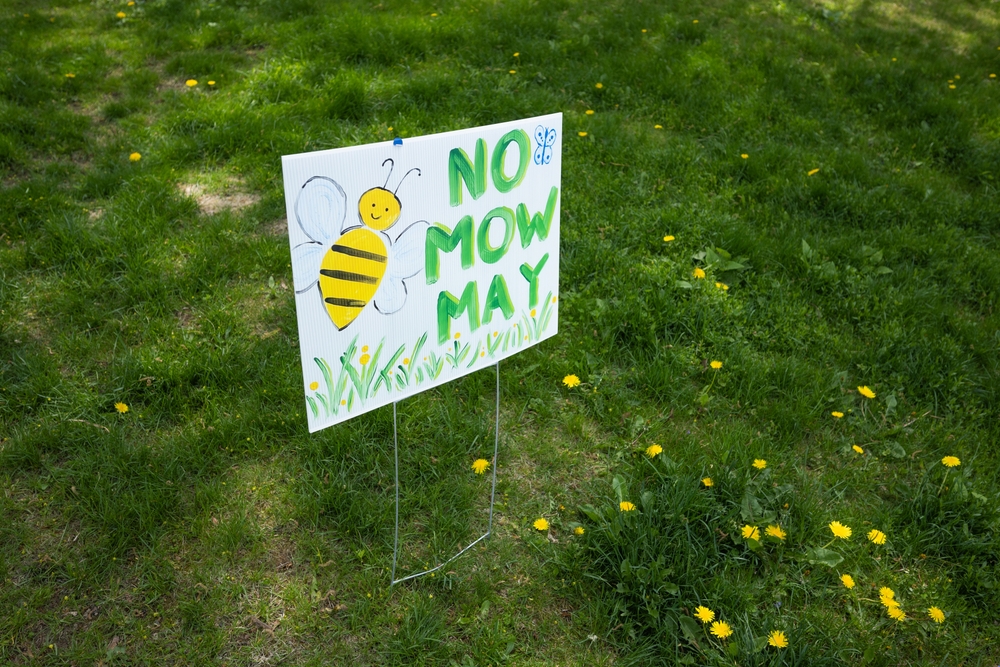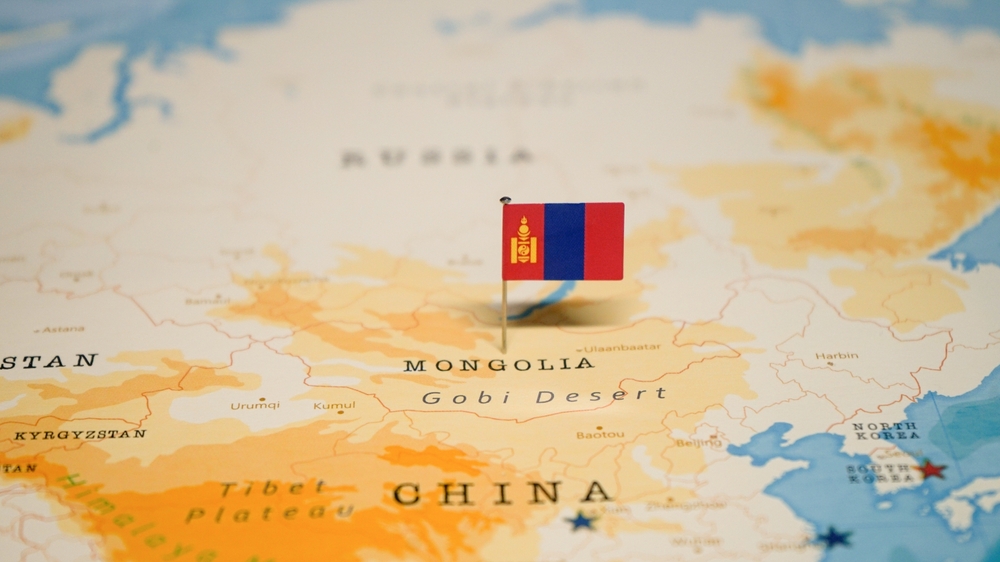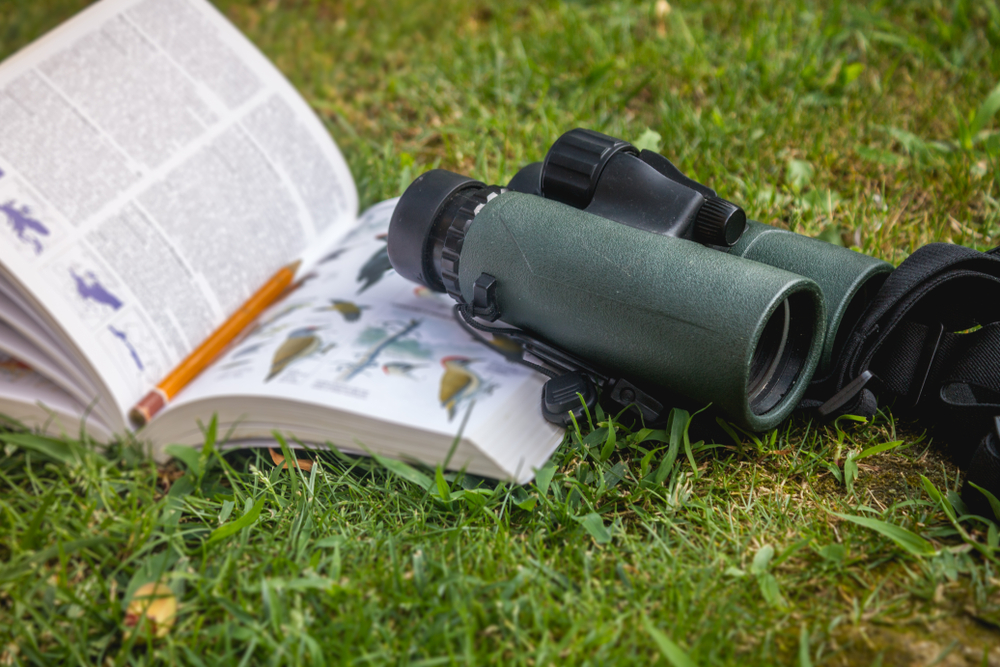At Aventurijn, a small private school in the Netherlands, children decide what to study and how to study it.
Ineke Noordhoff | October 2008 issue

Fifteen-year-old Jurriaan de Vos doesn’t have to worry about his report card; his school doesn’t give grades. “There is a class schedule,” he says, “but that’s mainly for the facilitators so they’ll know what to prepare.”
Jurriaan raises his eyebrows a lot, which, together with his long blonde hair, gives him a kind of roguish Stan Laurel look. He’s a happy teenager; his school lets him decide for himself what to do.
Each weekday Jurriaan reports at 9 a.m. for the morning circle at Aventurijn, a private school in the town of Loenen in the centre of the Netherlands, which he’s attended since he was 5. All 22 students—between the ages of 4 and 17—start their days here with a game, a story or stretching exercises. The plans for the day are discussed and then Jurriaan starts on the schedule he has made for himself. Over the past six months, this has included
physics, Web design and English. During his lessons, Jurriaan is hard at work, “because that’s what was agreed,” he says calmly. “I’m currently learning C++, a programming language. I have an English tutorial I’m using for it that I’m translating. That’s helping me improve my English and Dutch writing skills.”
Between classes there’s plenty of time for other interests: reading, gardening, building model airplanes. “I think it’s crazy that ordinary schools make their students sit at a desk all day,” Jurriaan says. At the same time, he’s pretty curious about those “ordinary” schools; after the summer, he wants to do a week-long internship to find out what they’re like.
Self-discovery is the basic tenet of Aventurijn, the school that Jurriaan’s mother, Hannah de Vos-Beckers, founded in 2000. She believes children have an innate desire to learn that’s undermined in traditional education by the standardized offerings. “Children learn to walk by themselves,” De Vos-Beckers explains. “They fall, get back up and try it again.” They do this not because they’re taught exactly how to walk when they reach a certain age, in De Vos-Beckers’ opinion, but because they really want to. “That demonstrates that every child is innately eager to learn.”

As the school’s website (aventurijn.org) reads, “It’s very difficult to read a book about a subject that doesn’t have your interest but you only have to read because the teacher told you so. However, when you read a recipe because you desire to bake the cookies you love so much, the motivation to read is entirely different.” This is the premise Aventurijn uses to offer a rich learning environment that caters to the interests of its students.
De Vos-Beckers—Aventurijn’s director, owner and supervisor, whose book Op avontuur met een vernieuwende school (“adventures with an innovative school”) was recently released in the Netherlands—has her long hair tied back tightly, allowing her curious grey-green eyes the maximum perspective. “In Dutch education, children have to conform to the system, which doesn’t work,” De Vos-Beckers believes. Classical teaching methods are particularly ineffective, she says. “A study once showed that only 7 percent of what you convey using verbal communication sticks.”

So the students at Aventurijn are often found outside the school building. After all, if De Vos-Beckers says nature inspires important lessons, she’s not referring to an incidental educational program in a wilderness area, but to climbing a tree or lying in a hammock listening to the rustling leaves—until a leaf falls and inspires questions like, Why does something always fall downward? And why are leaves green anyway?
The Aventurijn school building is hidden in the trees. A goat ambles up, bleating. Just inside the fence are a few old bikes, go-karts and a kids’ plastic tractor. In the middle of the schoolyard is a homemade firepit. The school operates on less than $75,000 a year. Tuition fees (a minimum of about $4,000 annually) are the only source of income. Aventurijn isn’t interested in government subsidies. Yet it isn’t an elitist school. Some of the students’ parents live on social benefits and “accept a lower spending pattern by living in a trailer, for instance,” De Vos-Beckers says. Aventurijn doesn’t need a lot of money. There’s no jungle gym; the students climb in trees, which are plentiful on the school’s two hectares (five acres). The vegetables from its garden fuel the students throughout the school day.

Inside, teaching materials and student projects are stored together. On a half-moon-shaped table are books about World War II. “How can a man like Hitler have become so powerful?” a student wrote on a paper cloud. Just outside the kindergarten classroom is a coat rack bearing dress-up clothes. The primary school (ages 7 to 12) and secondary school (from age 13) are in separate classes. A preschooler is welcome to visit the secondary-school classroom to listen or participate, but may not disturb the class.
The 22 students and four volunteer instructors (or “facilitators,” as they’re called) often spend time together, because a child’s development can be stimulated by interaction with older or younger children. “An older child can sometimes pacify a younger one more easily than a facilitator,” De Vos-Beckers believes. “It’s clear that our kids like to take responsibility for each other. They grow up together, laugh and cry together, think up silly questions and give one another the space to grow.” De Vos-Beckers disputes the idea that children should only spend their time in a classroom with their contemporaries. “Learning together is a real treat.”
Facilitators are continually looking for opportunities to offer knowledge. You can learn to count using pine cones, while knowledge of aerodynamics comes naturally while you’re building a model airplane. “A child riding a go-kart outside is learning, too,” De Vos-Beckers says. “Just other things and in another way than we adults have defined.”
That’s why facilitators observe a lot and try to create an environment that’s “emotionally safe,” in which students can develop themselves to the fullest. “Cognitive development is only part of life,” according to De Vos-Beckers. “Socio-emotional development is very important as well. A child who isn’t very happy won’t absorb a whole lot.”
Hannah De Vos-Beckers’ interest in education increased when she had children. She was inspired by the work of Rudolf Steiner and Maria Montessori, but also by the less known, more radical Pestalozzi school in Ecuador. At this school, founded by Rebeca and Mauricio Wild in 1977, students themselves decide what to learn. De Vos-Beckers’ first child, Sebastiaan, ultimately went to a Waldorf school, rooted in Steiner’s ideas about the importance of interdisciplinary learning and imagination. But even here, De Vos-Beckers ran into a problem. “Even at the Waldorf school, they assumed that children follow a fixed development path, while some children take a different route. For example, Sebastiaan was tested at one point and had to draw a house. His father is an architect and we lived in a house with a one-sided pitched roof, which he drew in profile. Because he didn’t draw a traditional peaked roof, he had to spend another year in kindergarten.”

So De Vos-Beckers and her husband, Michael de Vos, bought a little ramshackle school in Loenen and thus began this experiment in adventurous education. It also marked the start of a lengthy battle with the Dutch Education Inspectorate; after all, the couple was evading compulsory education for their own children. The courts got involved and in 2001 Aventurijn was officially designated a “school.” The Education Inspectorate has since approved the primary school. “We demonstrate what the children learn afterward and the Inspectorate has accepted that,” says De Vos-Beckers. “In fact, it even appreciates it.”
Aventurijn is suited to most children, De Vos-Beckers believes, but not all parents. “They really have to shift their viewpoints,” she says. “We offer our students all the space and time they need to learn, without judgment. If parents watch their kids at home to see if they can ‘already read,’ they’re putting pressure on them; the child will ultimately do what the parents want. That creates tension, because our approach is about trusting that the child will take his or her own responsibility.”
The same applies to the arguments that occasionally disturb the harmony at Aventurijn. “Not long ago, two kindergartners were at each other’s throats,” De Vos-Beckers says. “I sat in between them, let them cry and take turns telling me what had happened. If you do that without judgment, the solution often emerges by itself.” In other words: You don’t have to tell children what to do; they can figure it out for themselves.
Four students have now coMpleted Aventurijn’s high school program and moved on to higher (vocational) education or a job. Students can opt to sit for the state university entry exam, for which the facilitators help them prepare, but De Vos-Beckers says they often quit because they have to learn “so many useless, boring things.” Sometimes an Adventurijn education gets them into the entrance exam; other times, a phone call from De Vos-Beckers to the educational institution can get a student admitted.

Pepijn Goorden, 19, left Aventurijn two years ago. He had entered the school at age 10 after running into trouble at a traditional primary school. “I first spent two years playing outside,” Pepijn remembers. Some of his friends thought it was ridiculous and told him he wasn’t learning anything at his new school. But after two years, Pepijn began to sign up for the lessons offered at Aventurijn. “I know I did the right thing,” says Pepijn. “It was an excellent school for me. You learn to think for yourself about what you want and when you want it.”
As his final project for the certificate of completion, Pepijn put together a socially critical cabaret performance. He made a deep impression on the audience, but it wasn’t enough to get him into a vocational college. “I could have sat for an entrance exam for art school, but I considered myself too young,” he says. Instead, he went to work for a photographer and two years later, Pepijn is starting his own photography career. The boy who once hated education now says, “I finished school two years ago but I’ve never stopped learning.”
Meanwhile, Jurriaan de Vos doesn’t yet know what he wants to do later. He just finished helping build a Roman wall at Archeon, an archaeological theme park. “The architect was really impressed at how much I knew and could do. He even offered me a job.” But Jurriaan didn’t take him up on it. “There are a lot of things I like to do and can do well,” he says confidently.
He looks at the world with trusting eyes. His current interest is programming, but his tanned skin makes it clear he also likes being outdoors. “Sometimes I play computer games,” Jurriaan explains, “but not too often. I’d rather create them myself.”
Ineke Noordhoff wrote about the alternative trading network qoin.com in the December 2007 issue.











